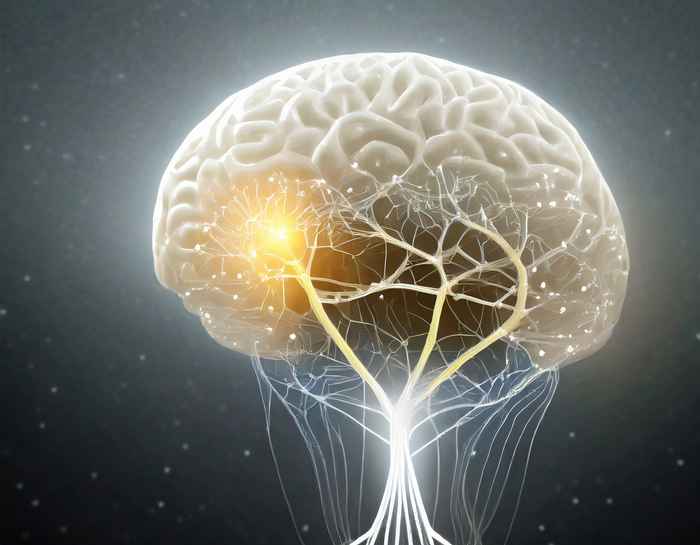A new theory sheds light on the shallow structure of the brain and AI
27 October 2023

The shallow brain hypothesis
Not only AI systems, theories of brain function also commonly assume deep architectures. Predictive coding (PC) is a major theory of brain function according to which the brain is constantly generating and updating internal models of the environment. PC models also predominantly assume deep hierarchical architectures.
In a recent publication in the scientific journal Nature Reviews Neuroscience, researchers of the University of Amsterdam and the University of Tartu (Estonia) question this currently-dominant assumption; they instead highlight underrepresented neuroanatomical evidence and propose a groundbreaking new theory—the shallow brain hypothesis—that challenges prevailing assumptions in DL and PC, and scrutinizes the commonly held belief that neural inference operates exclusively through hierarchical structures.
According to this new theory, the brain has a shallow architecture that is elegantly interwoven with the conventional hierarchy of cortical areas. Consequently, shallow, fast parallel computations and deep, slow hierarchical computations coexist in the brain without interfering with each other. They can even reinforce each other by providing shortcuts to decisions that would otherwise take too long. This theory may inspire AI research to look for new directions.
publication details
Suzuki, M., Pennartz, C.M.A. & Aru, J. How deep is the brain? The shallow brain hypothesis. Nat. Rev. Neurosci. (2023).